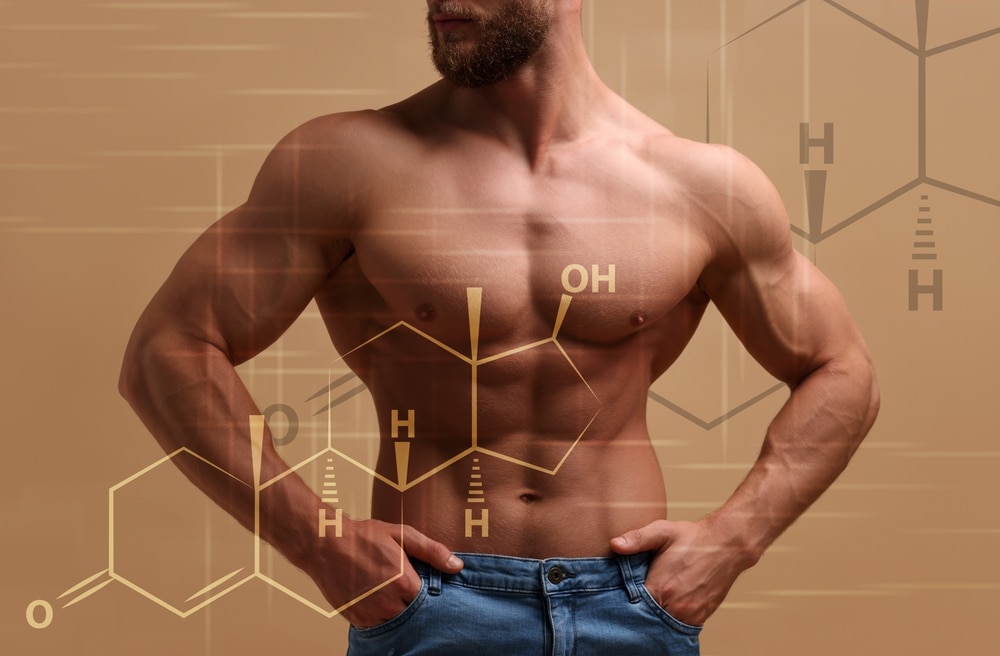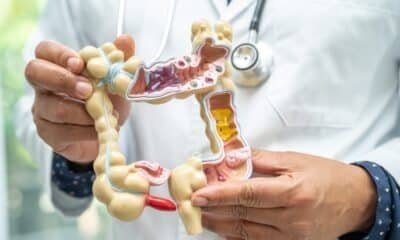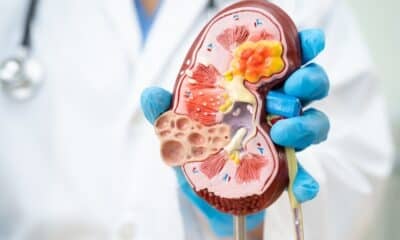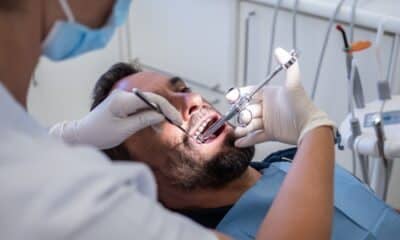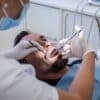Boost Your Energy Naturally: Proven Tips to Elevate Your Testosterone Levels
Testosterone is more than just a hormone; it’s a key component that fuels the vitality and confidence in men’s lives. It influences everything from energy levels to mood, and as men age, the inevitable drop in testosterone can lead to feelings of fatigue, muscle loss, and even emotional fluctuations. It’s no wonder that many men are on the lookout for solutions to elevate their testosterone levels. While some may prefer to adopt natural methods through diet and lifestyle changes, others may turn to medical options like testosterone replacement therapy (TRT). This guide will delve into both strategies, helping you find the path that suits you best.
The Natural Method for Increasing Testosterone
Diet and Nutrition
What you eat can profoundly impact your testosterone production. By incorporating essential nutrients like zinc, vitamin D, and omega-3 fatty acids, you’re giving your body a fighting chance in the testosterone game. Consider this:
– Lean Proteins: Foods like chicken, turkey, and fish are fantastic for muscle maintenance and testosterone support.
– Healthy Fats: Nuts, seeds, and avocados are not just trendy food items; they’re instrumental in hormone production.
– Whole Foods: Focus on fresh fruits, vegetables, and whole grains while steering clear of heavily processed options and that tempting stack of sugary snacks.
You might not realize it, but trading in a few indulgences in favor of these nutrient-rich foods could be the first step toward better hormonal health.
Exercise and Physical Activity
When it comes to exercise, think of it as a two-for-one deal — not only do you work on building muscle, but you also boost testosterone levels in the process. Engaging in strength training, such as weightlifting, combined with high-intensity interval training (HIIT), is proven to ramp up testosterone production.
– Strength Training: Your body thrives on resistance. Pumping iron helps to develop muscle and stimulates hormone release.
– HIIT: Picture switching gears from resting to an all-out sprint. These short bursts of intense exercise have been shown to effectively elevate testosterone.
Lifestyle Factors
Your day-to-day choices can dramatically influence your testosterone levels. Here are some tweaks you can make to your routine:
– Get More Sleep:*Aiming for 7-9 hours might feel challenging, but missing out on quality sleep can negatively impact your hormone levels. Your body repairs and resets when you’re asleep, making this a non-negotiable part of the equation.
– Manage Stress: We all feel stress, but learning to manage it through mindfulness, hobbies, or relaxation techniques can help shield your testosterone levels from taking a hit.
– Limit Alcohol: A nightcap can unwind your stress, but excessive drinking can throw a wrench in your hormonal balance. Moderation is the key here.
Making small adjustments in these lifestyle areas can lead to significant improvements in your overall hormonal health.
Natural Supplements
You might have heard about herbal supplements like ashwagandha and fenugreek being hailed as testosterone boosters. While they may offer some support, it’s essential to approach them with realistic expectations. They won’t replace the effectiveness of a balanced diet or medical treatments. Be sure to chat with a doctor before incorporating any supplement as everyone’s body responds differently.
Clinical Options: Testosterone Replacement Therapy (TRT)
As we move into medical territory, TRT emerges as a powerful tool for those struggling with low testosterone.
Types of Testosterone Therapy
If you’re considering TRT, understanding the options available is essential:
– Injections: These are directly administered into the muscle, and they might suit those who prefer less frequent treatment.
– Gels and Patches: Applied to the skin, these provide a steady release of testosterone and may appeal to those who dislike needles.
– Pellets: A slightly more involved option where small pellets are implanted under the skin, gradually releasing testosterone over time.
Each of these methods comes with its unique advantages and disadvantages, so it’s important to pick one that aligns best with your personal lifestyle and health situation.
Medical Benefits of TRT
For men diagnosed with low testosterone, TRT doesn’t just improve numbers; it can markedly enhance the quality of life. If you’ve been dealing with fatigue, mood swings, or diminished libido, TRT can revitalize your energy, bolster muscle growth, and elevate your overall mood. Clinical studies support these benefits, especially for men facing low testosterone due to age or health conditions.
Risks and Side Effects
However, no treatment is without risks. Potential side effects of TRT can include:
– Cardiovascular Concerns: Always a crucial consideration when altering hormone levels.
– Increased Risk of Sleep Apnea: If you struggle with sleep disorders, this needs discussion with your healthcare provider.
– Decreased Sperm Production: A significant factor for men considering family planning.
Regular monitoring and thorough consultations with your healthcare provider are vital to managing any potential risks.
Natural Approaches vs. Testosterone Replacement Therapy
Effectiveness and Timeframe for Results
– Natural approaches: Keep in mind these may require a leap of faith. Whether it’s dietary changes or regular exercise, it can take time to notice much difference. Each individual’s commitment and lifestyle can impact results.
– TRT: If you’re looking for quicker results, TRT often shows improvements in just a few weeks, especially concerning energy and muscle growth.
Cost Considerations
– Natural methods: Generally easier on the pocketbook, focusing on diet, exercise, and possibly over-the-counter supplements.
– TRT: This can come with a hefty price tag, especially if insurance doesn’t cover it, plus the need for ongoing medical check-ups.
Suitability Based on Health Profile
– Natural methods: If your symptoms are mild and you’re not feeling drastically low, natural methods may be a great place to start.
– TRT: For those with clinically low testosterone confirmed by a healthcare professional, this route may be more appropriate.
Consulting a Medical Professional: When to Consider TRT
If you’re experiencing fatigue, mood changes, or other symptoms that might signify low testosterone, consider reaching out to a healthcare professional. They can help you navigate testing and provide guidance tailored to your individual needs. Trust me, it can feel immense to have that support and expertise in your corner.
Common Myths Surrounding Testosterone Therapy
Many misconceptions float around regarding testosterone therapy and its effectiveness. Let’s clear a few up:
– Myth: “Testosterone therapy is solely for older men.”
– Truth: Low testosterone can affect men of any age. If you’re dealing with symptoms, don’t shy away from seeking help.
– Myth: “Natural methods are sufficient for everyone.”
– Truth: While many benefit from lifestyle changes, those with severely low testosterone may require more intensive intervention.
– Myth: “TRT poses risks for all men.”
– Truth: When prescribed and monitored by a healthcare professional, TRT can be safe and beneficial for many.
Conclusion
Choosing between natural methods and testosterone replacement therapy isn’t a one-size-fits-all decision. Both paths hold the promise of raising testosterone levels, but they come with varying timelines, costs, and suitability based on individual circumstances. The best first step is to consult with a physician who can offer personalized advice and clarify your options. It’s all about taking charge of your health and finding what works for you!

